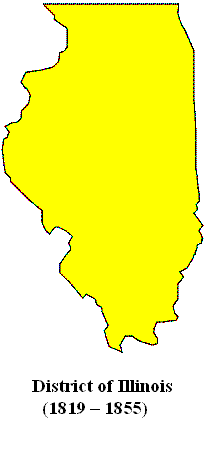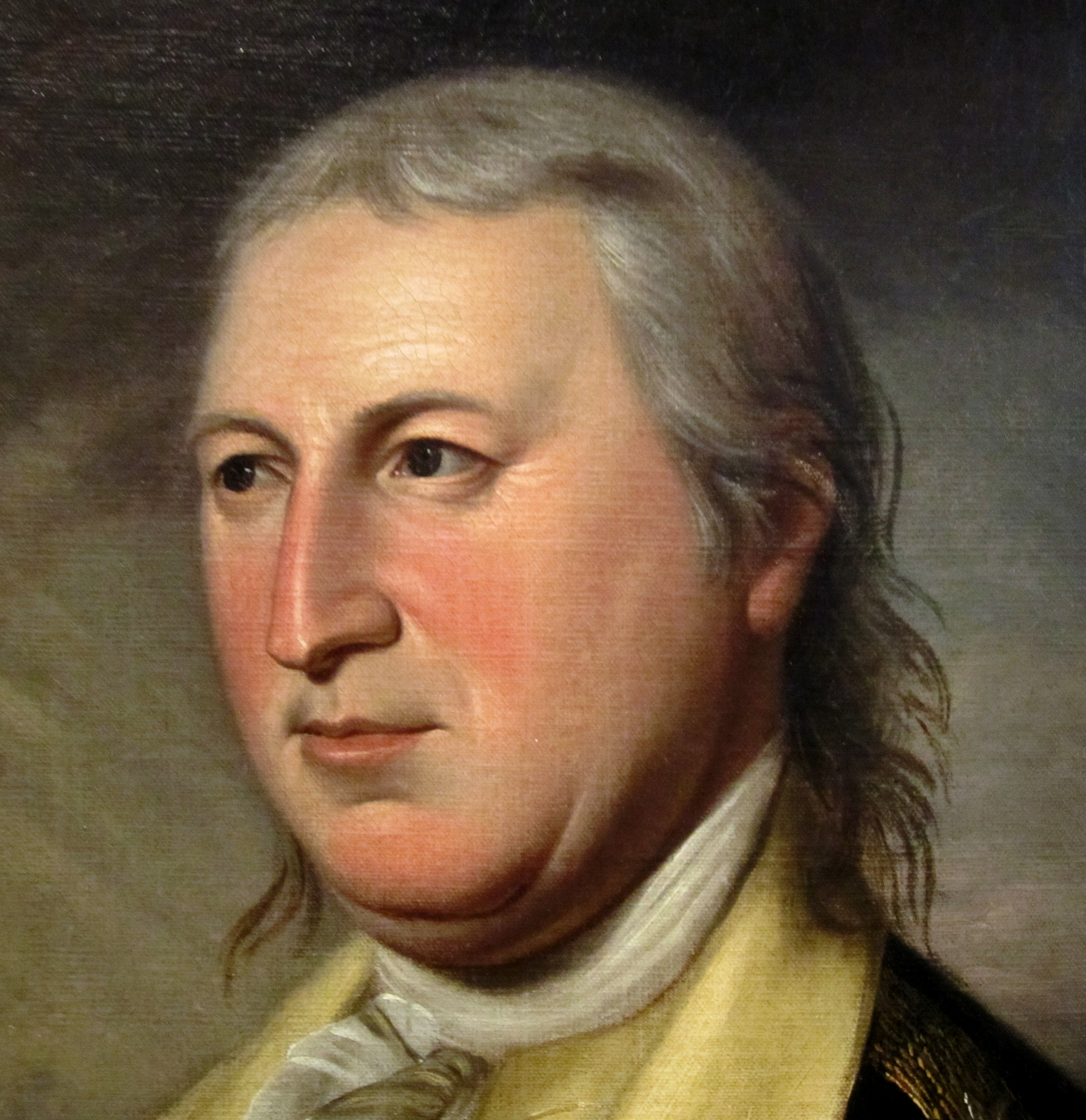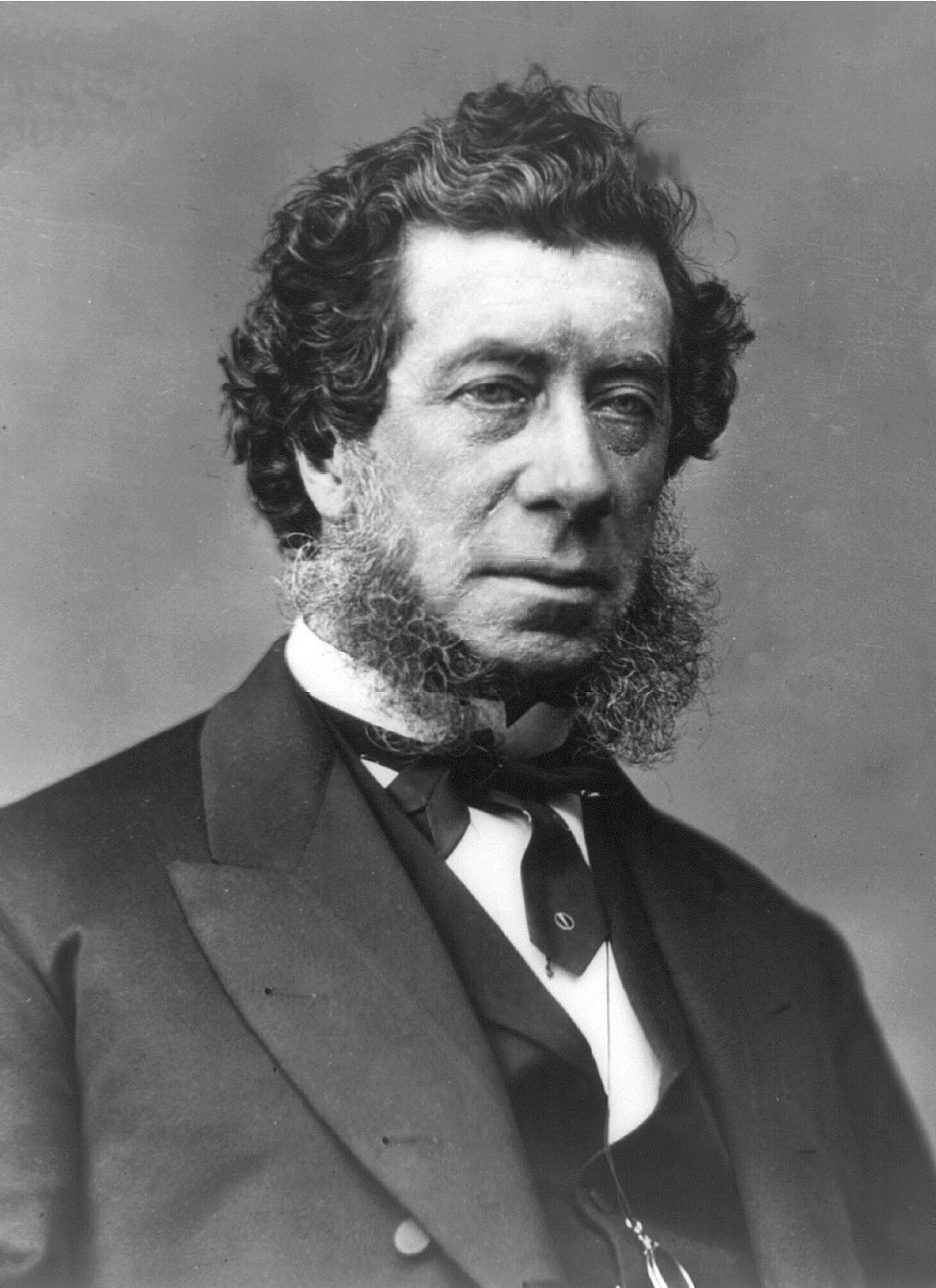|
Robert Troup
Robert Troup (1757 – January 14, 1832) was a soldier in the Continental Army during the American Revolutionary War and a United States district judge of the United States District Court for the District of New York. He participated in the Battles of Saratoga and was present at the surrender of British General John Burgoyne. Education Born in 1757, in Elizabethtown, Province of New Jersey, British America, Troup graduated from King's College (now Columbia University) in 1774 and read law, with John Jay. At college, he was the roommate of Alexander Hamilton. Career At the start of the American Revolutionary War, Troup joined the Hearts of Oak, a volunteer infantry unit of the New York militia. He entered as a second lieutenant in 1775, serving alongside other King's College students including Hamilton and Nicholas Fish. In May 1776, Troup was a first lieutenant in Colonel John Lasher's regiment. The Hearts of Oak became part of the Continental Army that year, forming the co ... [...More Info...] [...Related Items...] OR: [Wikipedia] [Google] [Baidu] |
United States District Court For The District Of New York
The following are former United States district courts, which ceased to exist because they were subdivided into smaller units. With the exception of California, each of these courts initially covered an entire U.S. state, and was subdivided as the jurisdictions which they covered increased in population. Two of the district courts—those of South Carolina and New Jersey—were subdivided but later recreated. Every change to the divisions and boundaries of these courts is effected by an act of the United States Congress, and for each such action, the statutory reference is identified. Alabama The United States District Court for the District of Alabama was created on April 21, 1820, by .Asbury Dickens, ''A Synoptical Index to the Laws and Treaties of the United States of America'' (1852), p. 390. [...More Info...] [...Related Items...] OR: [Wikipedia] [Google] [Baidu] |
American Revolutionary War
The American Revolutionary War (April 19, 1775 – September 3, 1783), also known as the Revolutionary War or American War of Independence, was a major war of the American Revolution. Widely considered as the war that secured the independence of the United States, fighting began on April 19, 1775, followed by the Lee Resolution on July 2, 1776, and the Declaration of Independence on July 4, 1776. The American Patriots were supported by the Kingdom of France and, to a lesser extent, the Dutch Republic and the Spanish Empire, in a conflict taking place in North America, the Caribbean, and the Atlantic Ocean. Established by royal charter in the 17th and 18th centuries, the American colonies were largely autonomous in domestic affairs and commercially prosperous, trading with Britain and its Caribbean colonies, as well as other European powers via their Caribbean entrepôts. After British victory over the French in the Seven Years' War in 1763, tensions between the motherland and he ... [...More Info...] [...Related Items...] OR: [Wikipedia] [Google] [Baidu] |
Horatio Gates
Horatio Lloyd Gates (July 26, 1727April 10, 1806) was a British-born American army officer who served as a general in the Continental Army during the early years of the Revolutionary War. He took credit for the American victory in the Battles of Saratoga (1777) – a matter of contemporary and historical controversy – and was blamed for the defeat at the Battle of Camden in 1780. Gates has been described as "one of the Revolution's most controversial military figures" because of his role in the Conway Cabal, which attempted to discredit and replace General George Washington; the battle at Saratoga; and his actions during and after his defeat at Camden.Bilias, p. 80 Born in the town of Maldon in Essex, Gates served in the British Army during the War of the Austrian Succession and the French and Indian War. Frustrated by his inability to advance in the army, Gates sold his commission and established a small plantation in Virginia. On Washington's recommendation, the Continen ... [...More Info...] [...Related Items...] OR: [Wikipedia] [Google] [Baidu] |
HMS Jersey (1736)
HMS ''Jersey'' was a 60-gun fourth rate ship of the line of the Royal Navy, built to the 1733 proposals of the 1719 Establishment of dimensions at Plymouth Dockyard, and launched on 14 June 1736. She saw action in the War of Jenkins' Ear and the Seven Years' War, before being converted to a hospital ship in 1771. In 1780 she was converted again, this time to a prison ship, and was used by the British during the American Revolutionary War. Early career ''Jersey'' was built in 1736 during a time of peace in Britain. Her first battle was in Admiral Edward Vernon's defeated attack on the Spanish port of Cartagena, Colombia, around the beginning of the War of Jenkins' Ear in October 1739. She was badly damaged in battle in June 1745, with her captain's log recording the loss of all sails and: ''Jersey'' next saw action in the Seven Years' War and also took part in the Battle of Lagos under Admiral Edward Boscawen on 18–19 August 1759. American Revolutionary War In March 1 ... [...More Info...] [...Related Items...] OR: [Wikipedia] [Google] [Baidu] |
Prison Ship
A prison ship, often more accurately described as a prison hulk, is a current or former seagoing vessel that has been modified to become a place of substantive detention for convicts, prisoners of war or civilian internees. While many nations have deployed prison ships over time, the practice was most widespread in 18th- and 19th-century Britain, as the government sought to address the issues of overcrowded civilian jails on land and an influx of enemy detainees from the War of Jenkins' Ear, the Seven Years' War and the French Revolutionary and Napoleonic Wars. History The terminology "hulk" comes from the Royal Navy meaning a ship incapable of full service either through damage or from initial non-completion. In England in 1776, during the reign of King George III, due to a shortage of prison space in London, the concept of "prison hulks" moored in the Thames, was introduced to meet the need for prison space. The first such ship came into use on 15 July 1776 under command o ... [...More Info...] [...Related Items...] OR: [Wikipedia] [Google] [Baidu] |
Battle Of Long Island
The Battle of Long Island, also known as the Battle of Brooklyn and the Battle of Brooklyn Heights, was an action of the American Revolutionary War fought on August 27, 1776, at the western edge of Long Island in present-day Brooklyn, New York. The British defeated the Americans and gained access to the strategically important Port of New York, which they held for the rest of the war. It was the first major battle to take place after the United States declared its independence on July 4, and in troop deployment and combat, it was the largest battle of the war. After defeating the British in the siege of Boston on March 17, commander-in-chief George Washington relocated the Continental Army to defend the port city of New York, located at the southern end of Manhattan Island. Washington understood that the city's harbor would provide an excellent base for the Royal Navy, so he established defenses there and waited for the British to attack. In July, the British, under the ... [...More Info...] [...Related Items...] OR: [Wikipedia] [Google] [Baidu] |
Nathaniel Woodhull
General Nathaniel Woodhull (December 30, 1722 – September 20, 1776) was a leader of the New York Provincial Congress and a brigadier general of the New York Militia during the American Revolution. Biography Woodhull was born on December 30, 1722, in Mastic, Long Island, Province of New York, to Nathaniel Woodhull and Sarah Smith Woodhull. His family had been prominent in New York affairs since the mid seventeenth century. In 1758 the thirty-six year old Woodhull joined the New York provincial forces, where he held the rank of major. He fought in numerous battles during the French and Indian War. He was at the Battle of Carillon under General Abercromby, and at the Battle of Fort Frontenac under General Bradstreet. In 1760, as colonel of the 3rd Regiment of New York Provincials took part in the invasion of Canada under General Amherst. After the end of hostilities, he returned to farming and community affairs. In 1761 he married Ruth Floyd, the sister of William Floyd a ... [...More Info...] [...Related Items...] OR: [Wikipedia] [Google] [Baidu] |
New York Provincial Company Of Artillery
During the American Revolutionary War, the New York Provincial Company of Artillery was created by the New York Provincial Congress in 1776 to defend New York City from British attack. History Revolution The revolutionary government of the province commissioned Alexander Hamilton, then a student at King's College (now, Columbia University) and an officer in a militia unit of artillery called the Hearts of Oak, to create the new Provincial Company of Artillery. The new Company saw action in the Battle of White Plains and the Battle of Trenton, among others. It was while commanding this unit with distinction that Hamilton came to the attention of many high-ranking officers in the Continental Army, a number of them offering him positions on their staffs. Hamilton refused them all to become ''de facto'' Chief of Staff to the commander-in-chief, General George Washington, for much of the remainder of the war. The New York Provincial Company of Artillery is considered the ances ... [...More Info...] [...Related Items...] OR: [Wikipedia] [Google] [Baidu] |
Nicholas Fish
Nicholas Fish (August 28, 1758 – June 20, 1833) was an American Revolutionary War soldier. He was the first Adjutant General of New York. Early life Fish was born on August 28, 1758 into a wealthy New York City family. He was the son of Jonathan Fish (1728–1779) and Elizabeth ( née Sackett) Fish (d. 1778). His elder sister was Sarah Fish (b. 1755), who married Terrence Riley. He attended Princeton University but left before graduating to pursue the study of law at King's College (now Columbia University) through the office of John Morin Scott in New York. There he became actively interested in the organization of the Sons of Liberty. American Revolutionary War In 1776 he was appointed by then brigadier general Scott aide-de-camp on his staff. On August 21, 1776 Fish was appointed major of the 2nd New York Regiment. He served as a division inspector under Major General von Steuben in 1778. He participated in the battles of Saratoga and Monmouth, in Sullivan's ... [...More Info...] [...Related Items...] OR: [Wikipedia] [Google] [Baidu] |
Colonel Robert Troup, Cropped From Trumbull's Surrender Of General Burgoyne
Colonel (abbreviated as Col., Col or COL) is a senior military officer rank used in many countries. It is also used in some police forces and paramilitary organizations. In the 17th, 18th and 19th centuries, a colonel was typically in charge of a regiment in an army. Modern usage varies greatly, and in some cases, the term is used as an honorific title that may have no direct relationship to military service. The rank of colonel is typically above the rank of lieutenant colonel. The rank above colonel is typically called brigadier, brigade general or brigadier general. In some smaller military forces, such as those of Monaco or the Vatican, colonel is the highest rank. Equivalent naval ranks may be called captain or ship-of-the-line captain. In the Commonwealth's air force ranking system, the equivalent rank is group captain. History and origins By the end of the late medieval period, a group of "companies" was referred to as a "column" of an army. According to Raymond Olive ... [...More Info...] [...Related Items...] OR: [Wikipedia] [Google] [Baidu] |
Alexander Hamilton
Alexander Hamilton (January 11, 1755 or 1757July 12, 1804) was an American military officer, statesman, and Founding Father who served as the first United States secretary of the treasury from 1789 to 1795. Born out of wedlock in Charlestown, Nevis, Hamilton was orphaned as a child and taken in by a prosperous merchant. He pursued his education in New York before serving as an artillery officer in the American Revolutionary War. Hamilton saw action in the New York and New Jersey campaign, served for years as an aide to General George Washington, and helped secure American victory at the Siege of Yorktown. After the war, Hamilton served as a delegate from New York to the Congress of the Confederation. He resigned to practice law and founded the Bank of New York. In 1786, Hamilton led the Annapolis Convention to replace the Articles of Confederation with the Constitution of the United States, which he helped ratify by writing 51 of the 85 installments of ''The Federalist ... [...More Info...] [...Related Items...] OR: [Wikipedia] [Google] [Baidu] |









